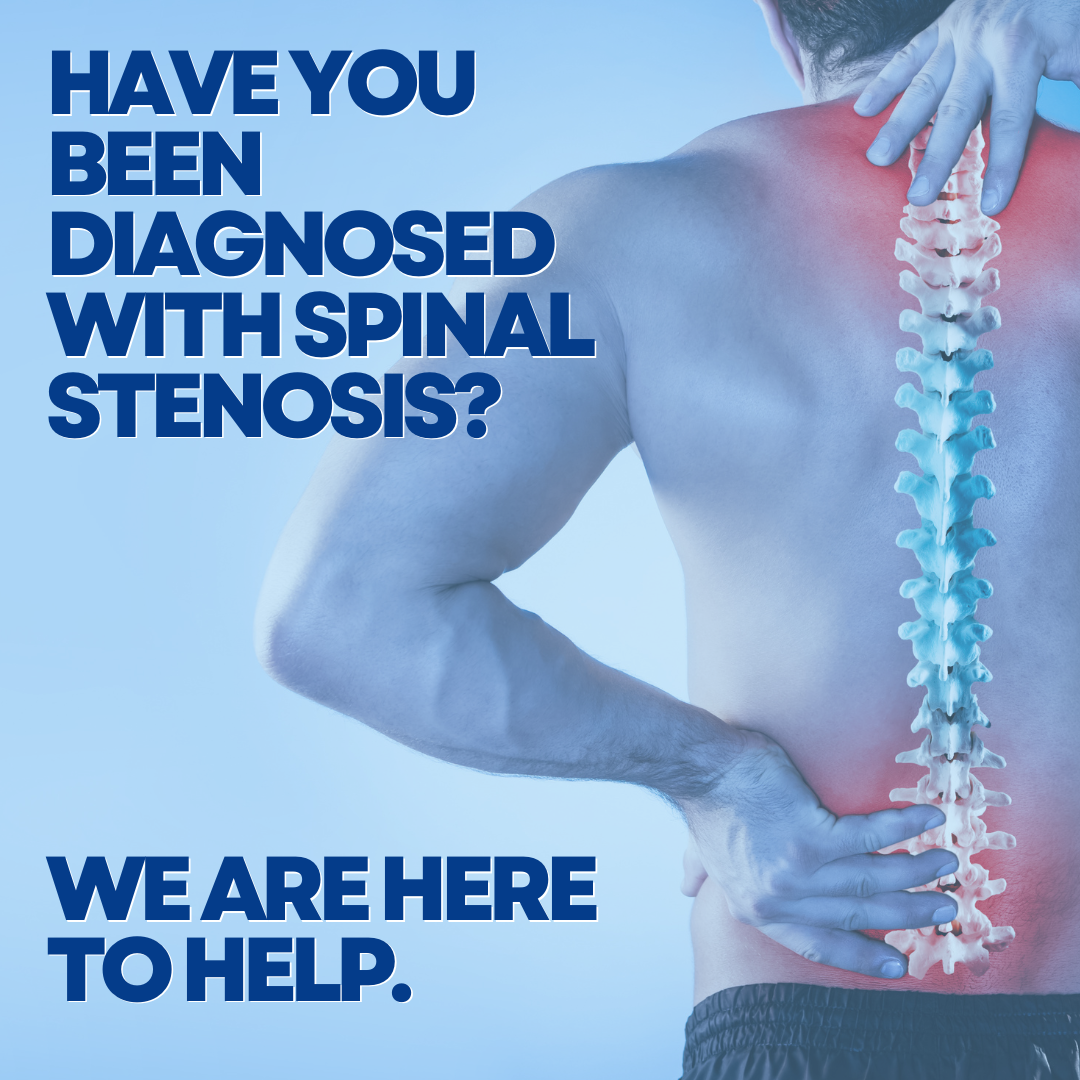
What is Spinal Stenosis?
Spinal stenosis is a medical condition that occurs due to the narrowing of the spaces in the spine. This narrowing of the spaces puts pressure on the spinal cord and the nerves that transmit signals from the brain to other parts of the body. This condition most common occurs in the cervical (neck) or lumbar (lower back) region of the spine. Spinal stenosis is often caused by aging and degenerative changes in the spine, but it can also be caused by factors such as herniated discs, tumors, or injuries.
What are the Symptoms?
Symptoms of spinal stenosis can range from mild to severe and can include pain, tingling, numbness, cramping, and weakness in the affected area of the spine or the extremities. In the lumbar region, symptoms may include difficulty standing or walking for extended periods, while in the cervical region, symptoms may include difficulty with coordination and balance. Most often the patient will experience of relief of pain when he or she sits or lays down.
How is it diagnosed and treated?
There are several diagnostic methods used to identify spinal stenosis, including X-rays, MRI scans, CT scans, and myelograms. The treatment of spinal stenosis depends on the severity of the condition and its underlying cause.
Nonsurgical – Nonsurgical treatments such as pain relievers that are specific for nerve pain, activity modifications, and steroid injections are often prescribed to manage symptoms. In recent years there have been advances in other minimally invasive procedures that can help with pain from spinal stenosis. Those include Vertiflex and Minimally Invasive Lumbar Decompression (the MILD procedure). These procedures can be offered by an Interventional Spine specialized Pain Management Physician.
Surgical – In severe cases, surgery may be necessary to relieve pressure on the spinal cord and nerves. Surgical options include decompression surgery or spinal fusion surgery.
Can Spinal Stenosis be Prevented?
Preventing spinal stenosis is possible through lifestyle changes. Individuals should manage their weight, exercise regularly, maintain good posture, and avoid smoking. Additionally, people with chronic back pain should seek medical attention early to prevent further damage to the spine. Spinal stenosis can significantly impact an individual’s quality of life. Patients may experience chronic pain and difficulty with mobility, which can impact their ability to perform daily tasks and affect their emotional well-being.
Follow us on Facebook for more articles and #painfreefriday videos.






